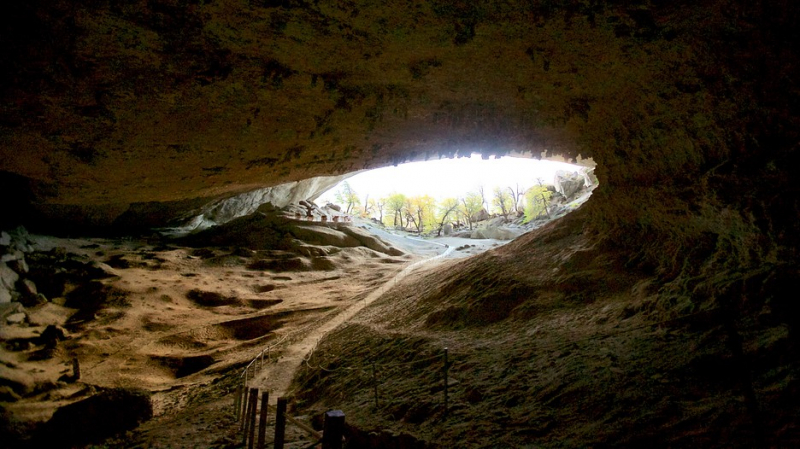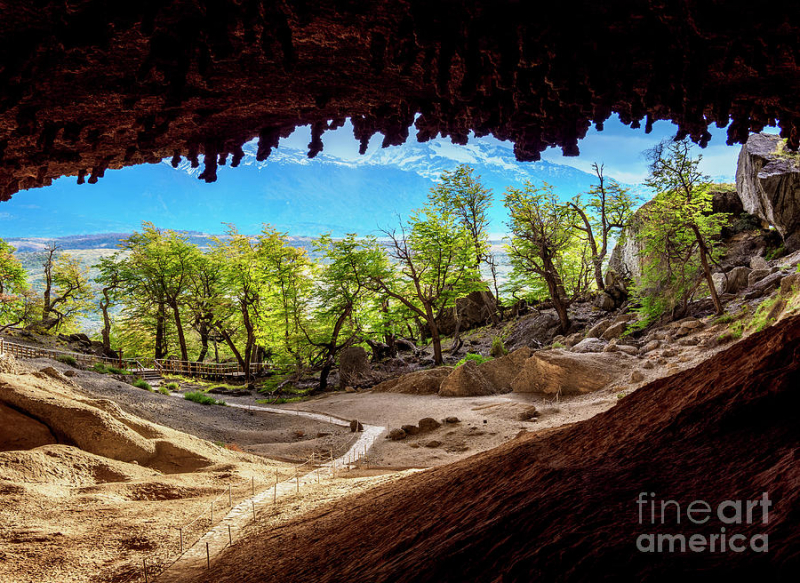Cueva del Milodón Natural Monument

Cueva del Milodón Natural Monument is a Chilean Patagonia Natural Monument located 24 kilometers (15 miles) northwest of Puerto Natales and 270 kilometers (168 miles) north of Punta Arenas.
The monument is located on the Cerro Benitez's flanks. It consists of multiple caves as well as the Silla del Diablo (Devil's Chair) rock formation. The cave, which bears the name Mylodon darwini, is significant for the finding of skin, bones, and other remains of a ground sloth named Mylodon darwini in 1895. It is also a part of the magnificent tourist route known as the End of the World Route.
Milodón Cave, which is 200 meters (660 feet) long, is the monument's largest cave. Hermann Eberhard, a German explorer of Patagonia, found it in 1895. He discovered a huge, presumably new chunk of skin from an unknown species. Otto Nordenskjöld examined the cave in 1896, and it was later discovered that the skin belonged to Mylodon, an extinct species that died 10,200–13,560 years ago.
Adjacent extinct creatures and human remains have been discovered in the cave and other caves of the monument. A life-size reproduction of the prehistoric Mylodon, a huge herbivore that resembles the modern Mylodon, stands at the monument's entry.
Location: Magallanes Region






